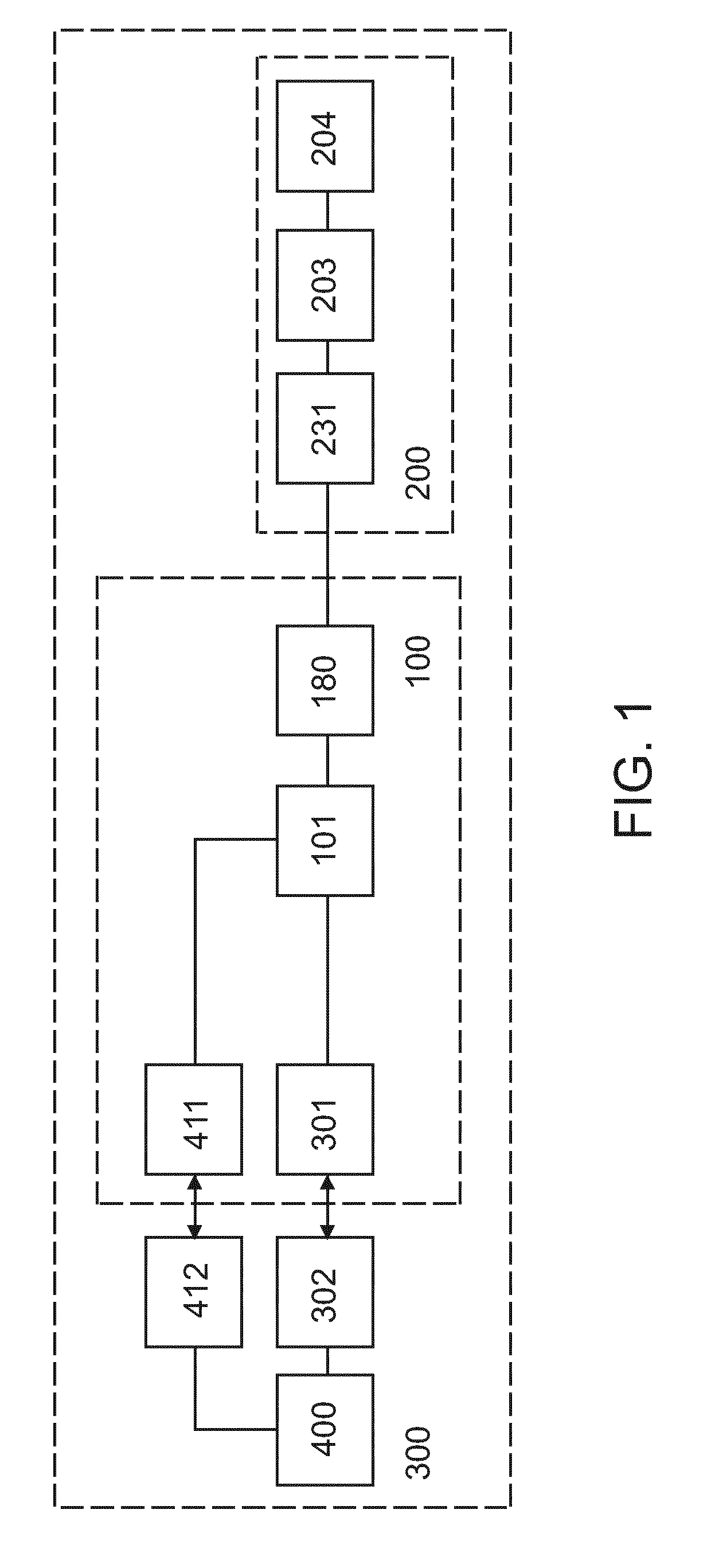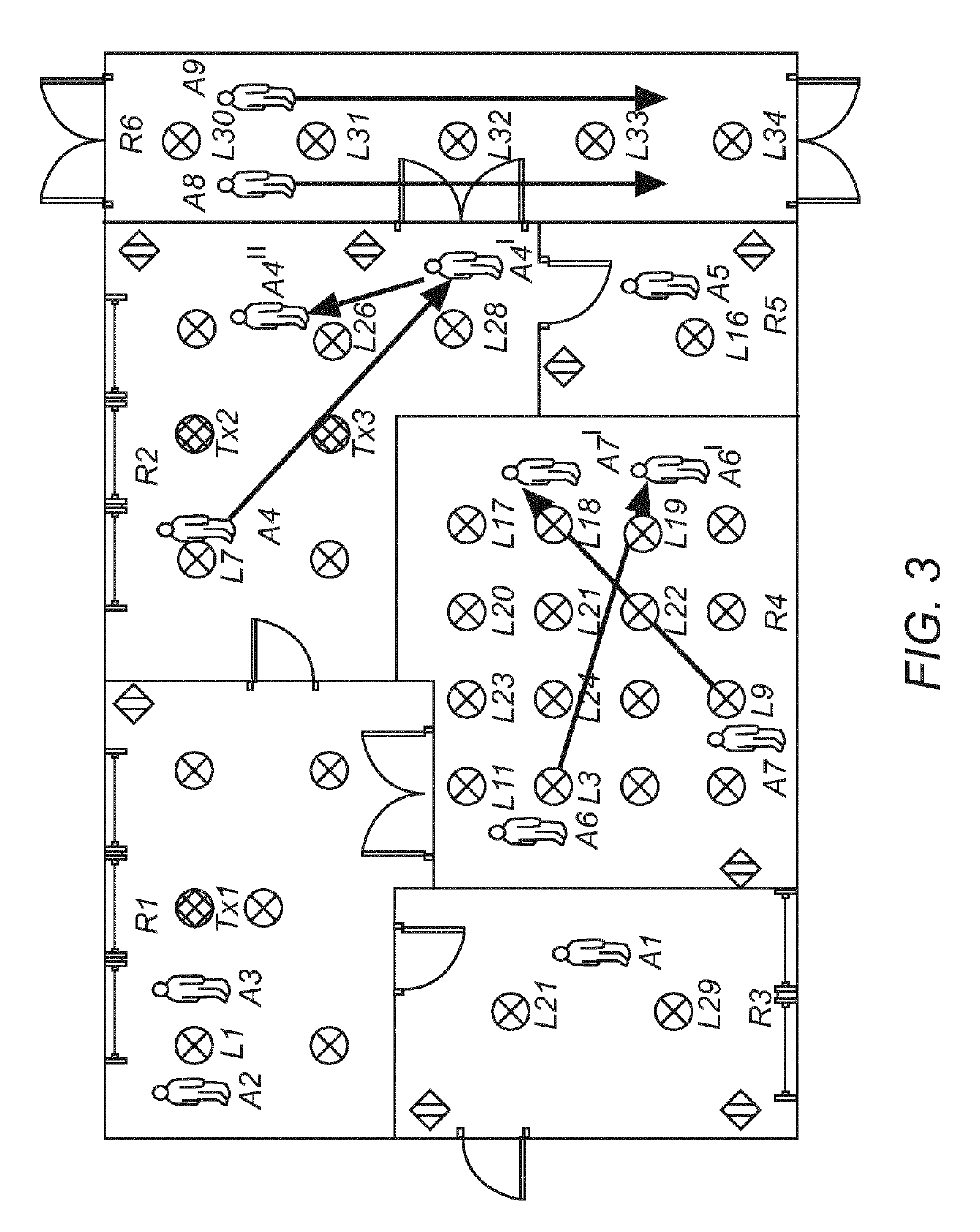System and method for targeted data communication
a data communication and target technology, applied in the field of data communication, can solve the problems of limiting the bandwidth available to each connected end node, data transmit rate is limited by requirements, and data transmission devices primarily used for illumination lighting are generally slower than data transmission devices, so as to improve data communication and improve the resource management of data communication
- Summary
- Abstract
- Description
- Claims
- Application Information
AI Technical Summary
Benefits of technology
Problems solved by technology
Method used
Image
Examples
Embodiment Construction
[0063]Some embodiments are exemplary described in the context of lighting control applications as preferred embodiments. However, it is to be understood that the embodiments are not restricted to lighting control applications. The person skilled in the art will appreciate that the methods and devices may be exploited for any other control application requiring a similar system topology.
[0064]In the following a software defined application (SDA) system provides knowledge about application specific requirements and instructions as stipulated in an application plan comprising one or more application scenes. For instance, an example of an SDA system is a software defined lighting (SDL) system that defines a lighting plan comprising one or more lighting scenes. A lighting scene may for example define dependencies or interactions between application control components, e.g. which lamps are to be switched on if a particular sensor is triggered. The lighting scenes may be defined for specif...
PUM
 Login to View More
Login to View More Abstract
Description
Claims
Application Information
 Login to View More
Login to View More - R&D
- Intellectual Property
- Life Sciences
- Materials
- Tech Scout
- Unparalleled Data Quality
- Higher Quality Content
- 60% Fewer Hallucinations
Browse by: Latest US Patents, China's latest patents, Technical Efficacy Thesaurus, Application Domain, Technology Topic, Popular Technical Reports.
© 2025 PatSnap. All rights reserved.Legal|Privacy policy|Modern Slavery Act Transparency Statement|Sitemap|About US| Contact US: help@patsnap.com



